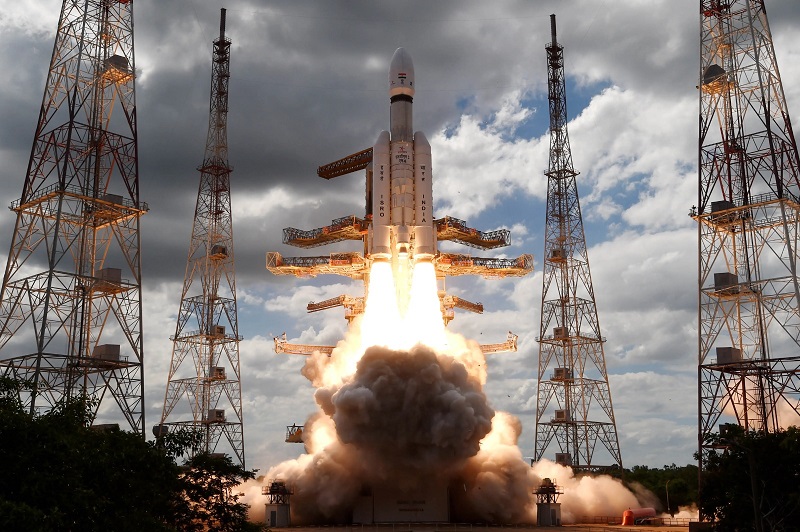In a major boost to India’s space ambitions, the Union Cabinet, led by Prime Minister Narendra Modi, has greenlit the Chandrayaan-4 mission—India’s next leap in lunar exploration. Building on the success of Chandrayaan-3, the new mission aims to not only land on the Moon but also return to Earth with valuable lunar samples. This technological feat will pave the way for India’s planned manned mission to the Moon by 2040.
The Chandrayaan-4 mission will focus on demonstrating critical technologies needed for a successful lunar return mission. These include docking, undocking, and safe re-entry, along with lunar sample collection. The mission is seen as a foundational step toward future manned lunar expeditions, part of India’s broader space vision during the “Amrit Kaal,” which includes the establishment of an Indian space station by 2035.

ISRO at the Helm
The Indian Space Research Organisation (ISRO) will spearhead the project, ensuring that all spacecraft and launch systems are indigenously developed. The mission, expected to be completed within 36 months, will involve close collaboration with industries and academic institutions, creating significant employment and driving technological innovations across multiple sectors.
The Chandrayaan-4 mission has an allocated budget of Rs. 2,104.06 crore, covering spacecraft development, two launch vehicle missions, deep space network support, and rigorous design validation tests. The success of this mission will place India among a select group of nations capable of returning lunar samples for scientific analysis, making a significant contribution to the understanding of the Moon’s geology.
Venus in the Crosshairs: India’s Next Space Frontier
In another landmark decision, the Cabinet also approved the ambitious Venus Orbiter Mission (VOM). With a launch target of March 2028, this mission aims to study Venus, a planet often regarded as Earth’s “twin,” offering unique insights into planetary evolution and atmospheric processes. The mission will study the Venusian atmosphere, surface, and the effects of solar winds, addressing critical questions about why Venus, once thought to be habitable, evolved so differently from Earth.
The Venus mission, with a total budget of Rs. 1,236 crore, will allow Indian scientists to probe deeper into the mysteries of Venus, adding another feather to ISRO’s cap after its successful missions to the Moon and Mars.
India’s Expanding Space Horizons
Both missions reflect India’s growing ambitions in space exploration, pushing the boundaries of scientific knowledge while fostering innovation and economic growth through space technologies. With Chandrayaan-4 and the Venus Orbiter Mission, India is well on its way to becoming a dominant force in the global space race, expanding its scientific prowess beyond the Moon and Mars, to Venus and beyond.







